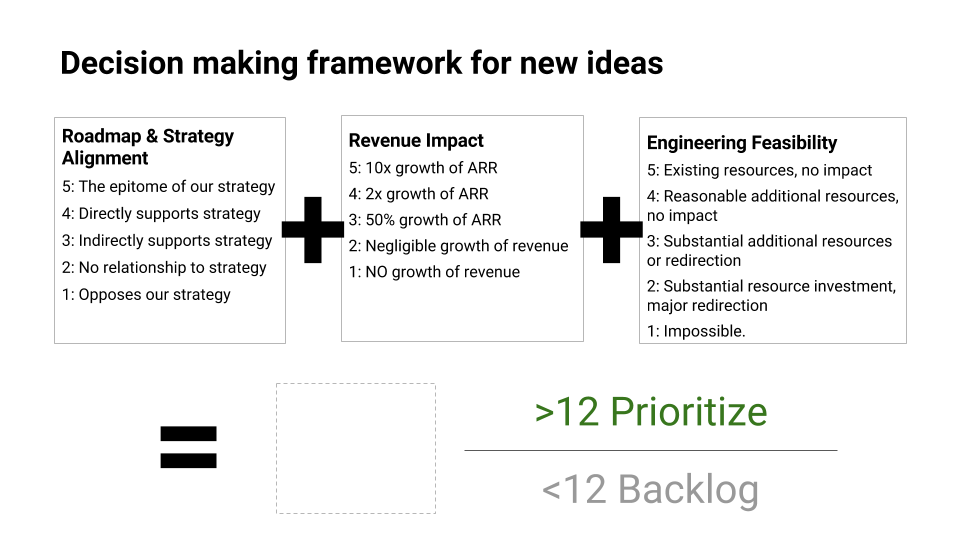tl;dr
Present user needs in the context of business outcomes.
If that doesn't work, it's time to find a new job before this one melts down.
Align user needs with business outcomes
Based on your description, it sounds like
- You've done a good job of expressing the user's desire for the enhancement.
- The rest of the organization has done a good job of expressing business outcomes.
Given the two in isolation, the business outcome will always win. Especially in an organization that hasn't kept up with the current state product design practices.
Keep the proper structure of product strategy in mind:
Product Vision ➝ Initiatives ➝ Epics ➝ Stories ➝ Tasks
The vision and resulting initiatives will drive everything downstream. If you can't impact things at that level, you'll fail.
Healthy product development roles
In a typical, healthy software organization:
The UX designer would focus on user needs and discovering opportunities in that domain.
The Executive team would focus on market and financial needs and define targets in that domain.
The Product Manager would be responsible for marrying the two, communicating the opportunity to leadership, and prioritizing the backlog accordingly.
In your case, the Product Manager either doesn't have the ability to understand how user and business come together or there's undue pressure to simply accept the Exec team's orders without modification. That's a very bad situation that will lead to failure.
Filling the gap
Before you throw in the towel, try to do the Product Manager's job. Reframe your priorities based on how they'll change your position in the market and provide real returns. Compare the current features to user expectations and how user frustration or lack of usability will cost your users, drive product abandonment, and negatively impact MRR (monthly recurring revenue).
Product decision making framework
I don't remember where I found this, but I've been using it for years and it's an incredibly helpful way to get everyone to understand priorities ...

If you can get the product strategy correctly defined (which may be difficult in your case), the revenue calculation is your next biggest deciding factor. That's hard to estimate and it will certainly be a team effort. You might have to do the legwork to do market research, talk with other department heads (Sales and Ops come to mind), and chat with actual decision makers on the client end. It may not be your job, but it's good experience in the end and it may just save your company's product from impending doom.
Sidebar on the state of your software
If your product doesn't "know actually when a message have been read and by who" and will require "a lot of time to do" I'd venture a guess that it's ready to be rewritten. There's also a good chance you need a new engineering team, or at least a new leader to make that evaluation. Those are tough calls to make, but I've seen a lot of products fail because they were afraid to accept that reality.
Does the Kano model apply?
SPavel references the Kano model's view on satisfaction gains across the three basic feature types: basic, performer, and exciter/delighter. Kano tells us latter two will give you the biggest satisfaction gains, which is often true. Your organization is (knowingly or not) applying this theory. However, the Kano model assumes you already have the minimum requirements in place and your product provides the necessary features of basic usability and function. Application of the Kano model to defend avoiding the basics is gross misunderstanding.
IOW, Kano applies, but not like your organization thinks it does.
Reality check 💔 😬
I think that's all great stuff and it would be smart of you to make the effort. On the other hand, it's incredibly optimistic to think the organization is going to be transformed when you show them the light.
While you're trying to change the world, also start looking for a new job. Changing jobs is often hard, unpleasant, and rarely solves all your problems. But it's not smart to keep sailing on a sinking boat either (read Joseph Conrad's Youth sometime).


